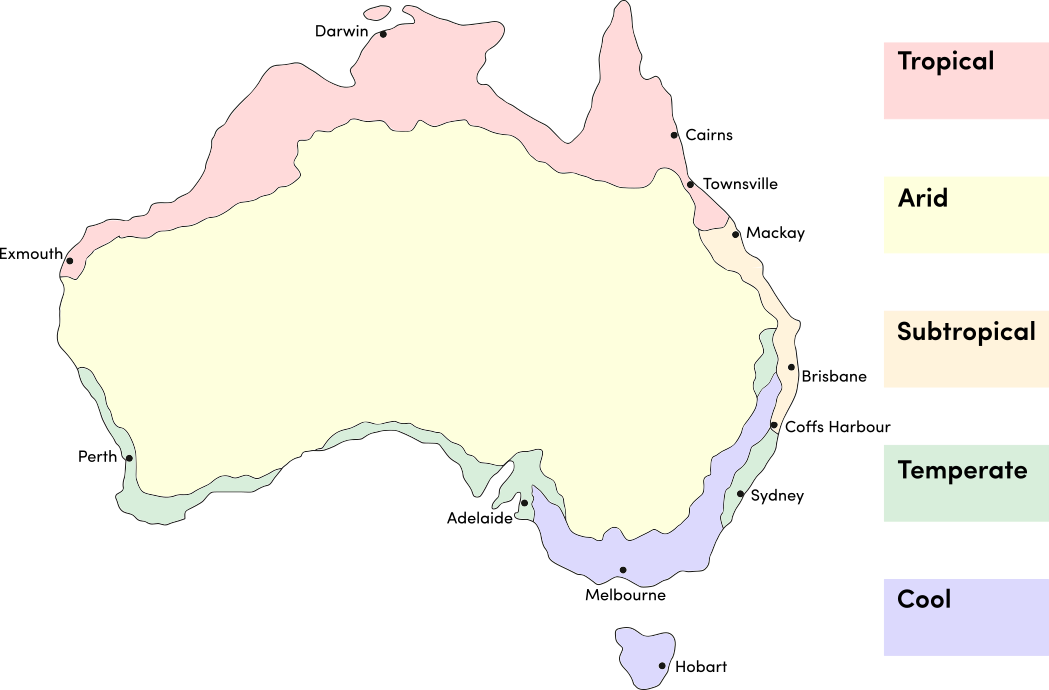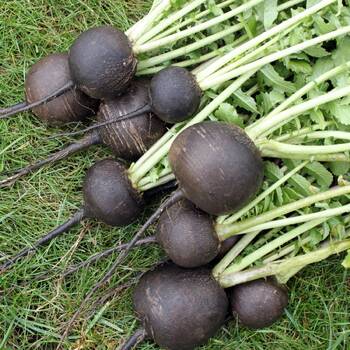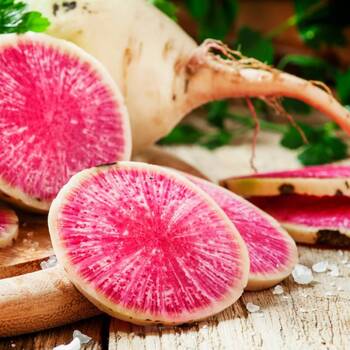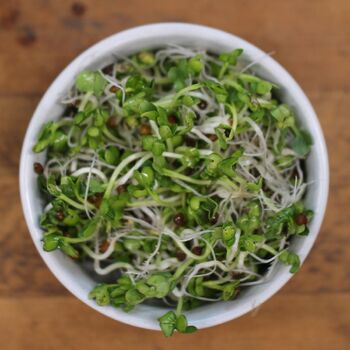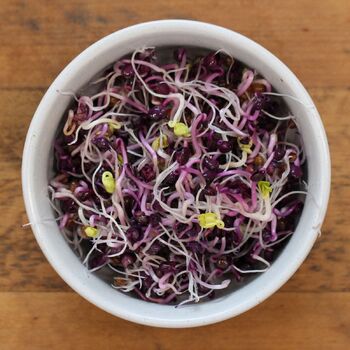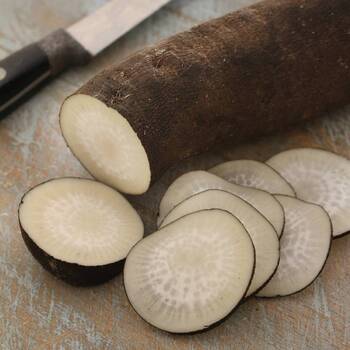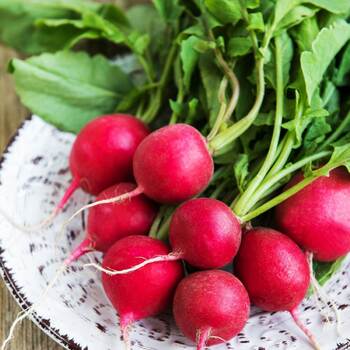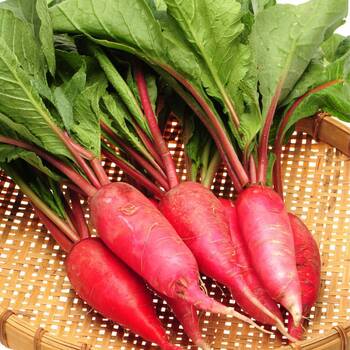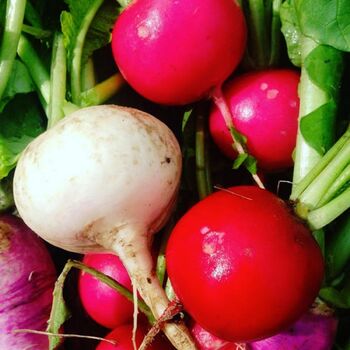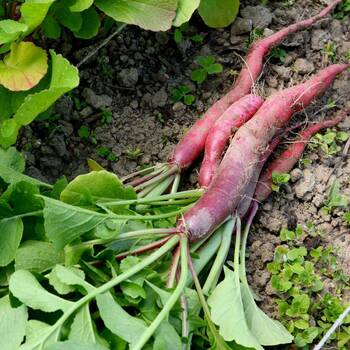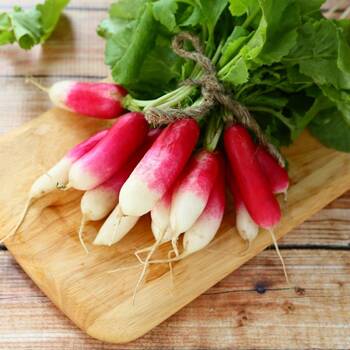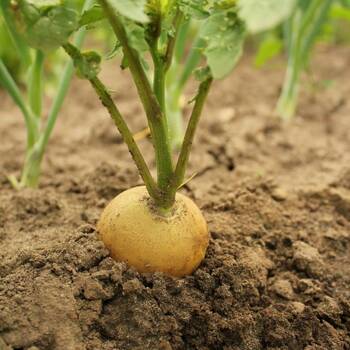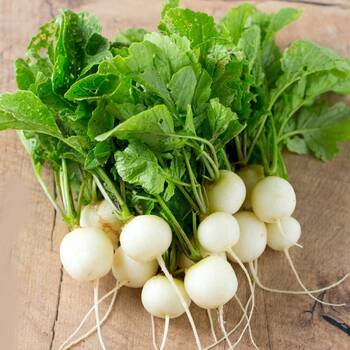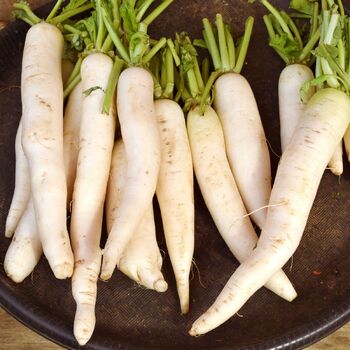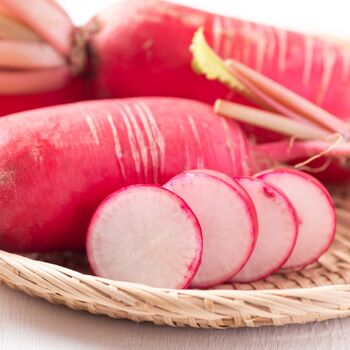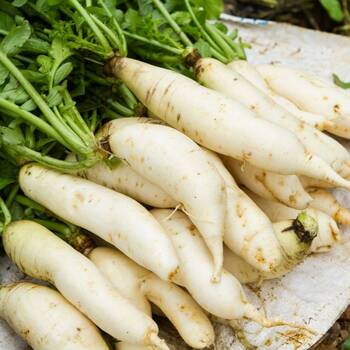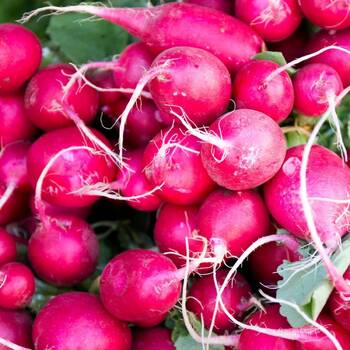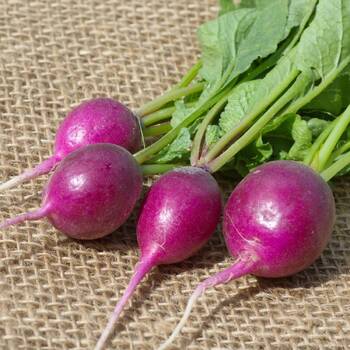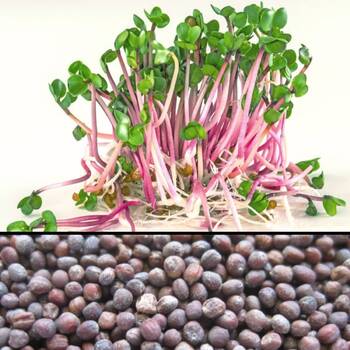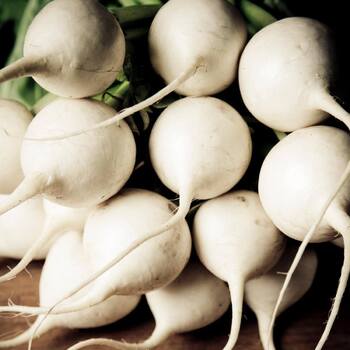Radish Seeds_
Guides
-
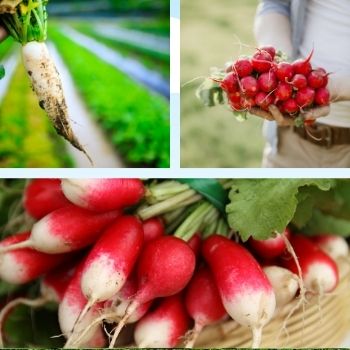
How to Grow Radish Seeds
A comprehensive guide on how to grow Radish Seeds; including soil preparation and position, when and how to sow, when and how to harvest and common pests and diseases. View guide.
-
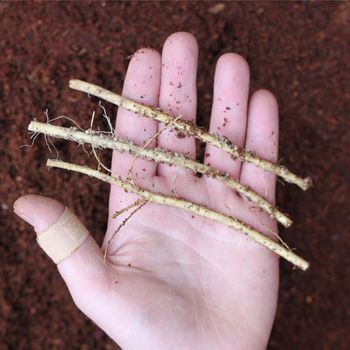
How to Grow Horseradish Roots
A comprehensive guide on how to grow Horseradish; including soil preparation and position, when and how to plant, when and how to harvest and common pests and diseases. View guide.
-
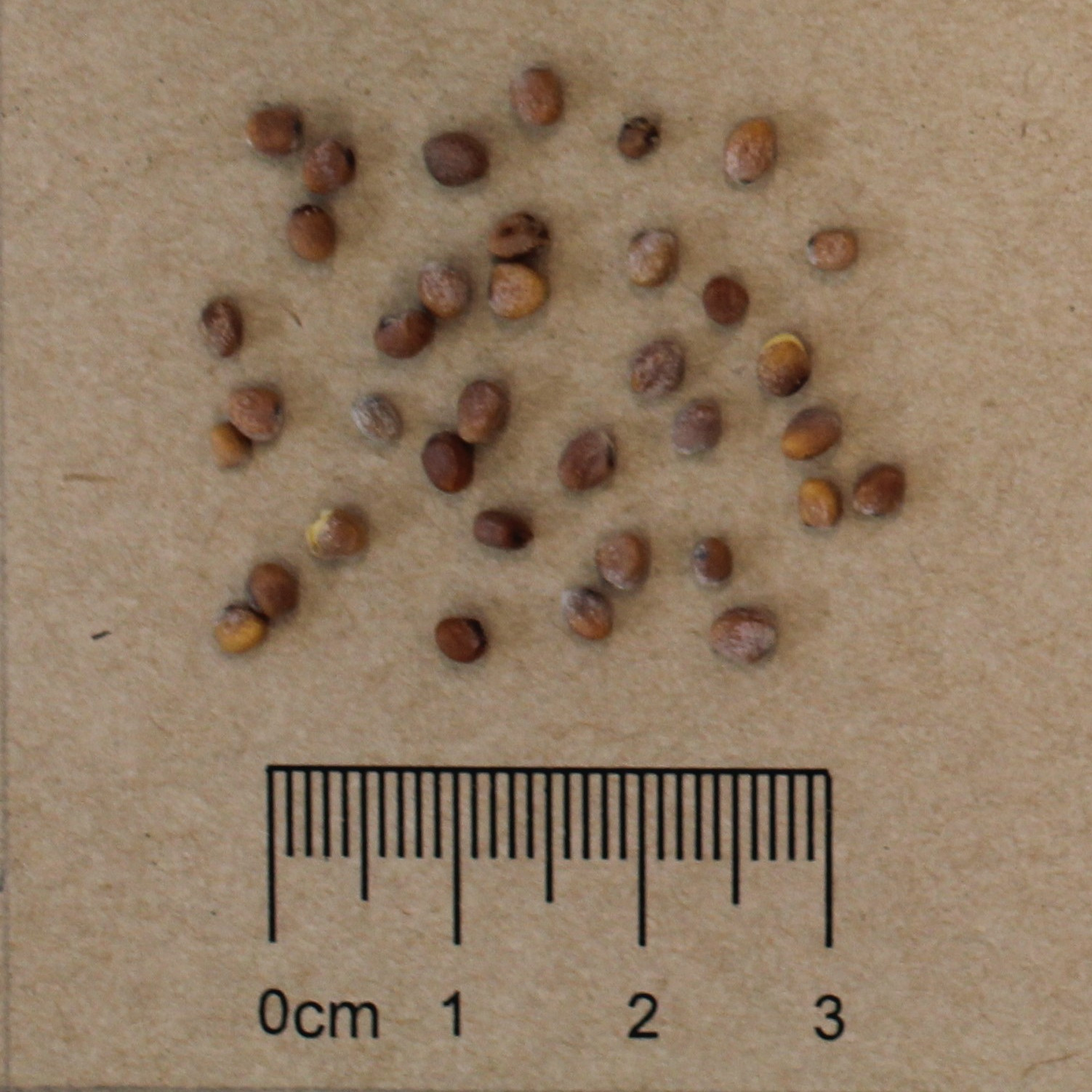
Seed Saving Guide: Radish (Raphanus sativus)
A guide on how to save Radish seeds; including pollination type, isolation distance, when to harvest and best cleaning methods. View guide.
More Related Content
-
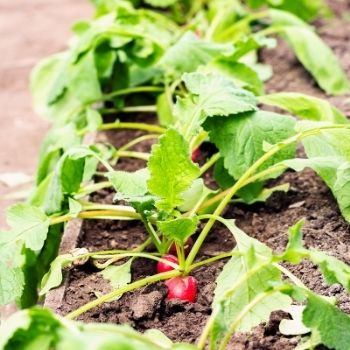
Five Reasons to Grow Radishes
When you first decide you want to grow your own vegetables, the choice of crops on offer is almost overwhelming. Here are five reasons why radishes should be one of the vegetables to make it to your veggie garden shortlist! Read article.
-
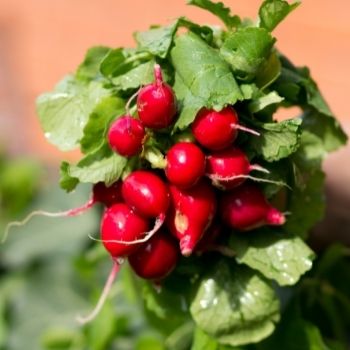
Radishes: Quick-Growing, Versatile Heroes of the Kitchen Garden
Radishes can be taken from seed packet to plate in as little as four weeks, and they're far more versatile in the kitchen than they're usually given credit for. Lending their peppery bite to salads, soups, and stews radishes are an essential spicy root. Read article.
-
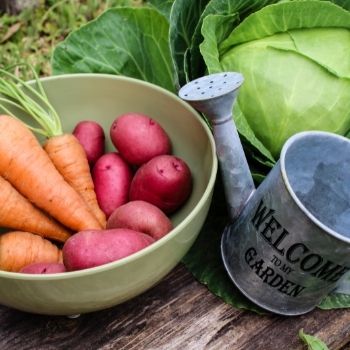
Low-Maintenance Vegetable Gardening - Homegrown Produce Without the Hassle
Not all veggies need hand-holding and constant encouragement. This article explains how to use low-maintenance plant varieties and techniques to fit vegetable growing into a busy schedule. Read article.
-
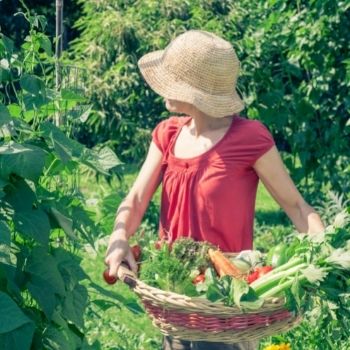
High-Yield Vegetables - How to Get the Most from Your Veggie Patch
It may be great fun to experiment with growing unusual crop varieties, but if your harvest is a disappointment it can quickly make gardening a chore rather than a pleasure. This article describes ten productive plants all veggie growers should consider. Read article.
-
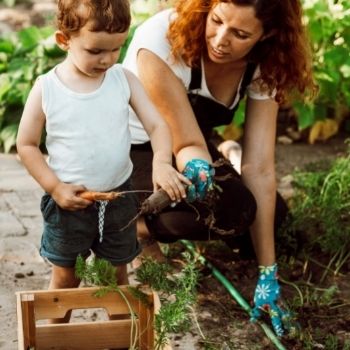
Why You Should Grow from Seed with Kids - and the Best Ways to Get Started Doing It
Gardening is a fun and healthy activity for kids however the benefits go far beyond that- an early interest in gardening teaches many life lessons. This article explains what they are and describes the best ways to start your child's gardening journey. Read article.
-
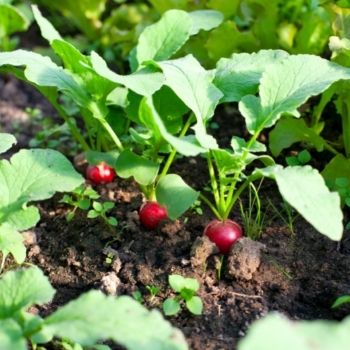
9 Common Problems You'll Meet When Growing Radishes
Radishes bring a delicious peppery crunch to your kitchen after only a few weeks in the ground. And while they're easy to grow once you get the hang of them, there are several common problems you need to avoid, as this article explains. Read article.
-
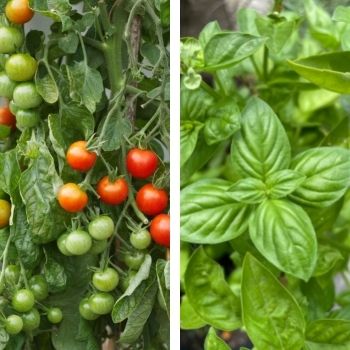
Perfect Partners: How Interplanting Can Boost Gardening Success
Interplanting two or more crops together can boost the health and productivity of your veggie garden. It can also add convenience to your growing and harvesting, as this article explains. Read article.
-
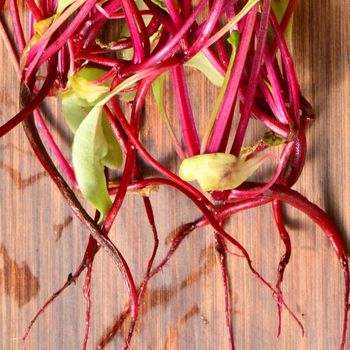
Troubleshooting: Radish, Beetroot and Other Veggies Not Forming Roots
There’s little more disappointing than harvesting radish, beetroot and other root vegetables that look large and healthy above ground, only to find they’re rootless beneath the soil. Here are 7 reasons why that can happen, and how to fix things. Read article.

